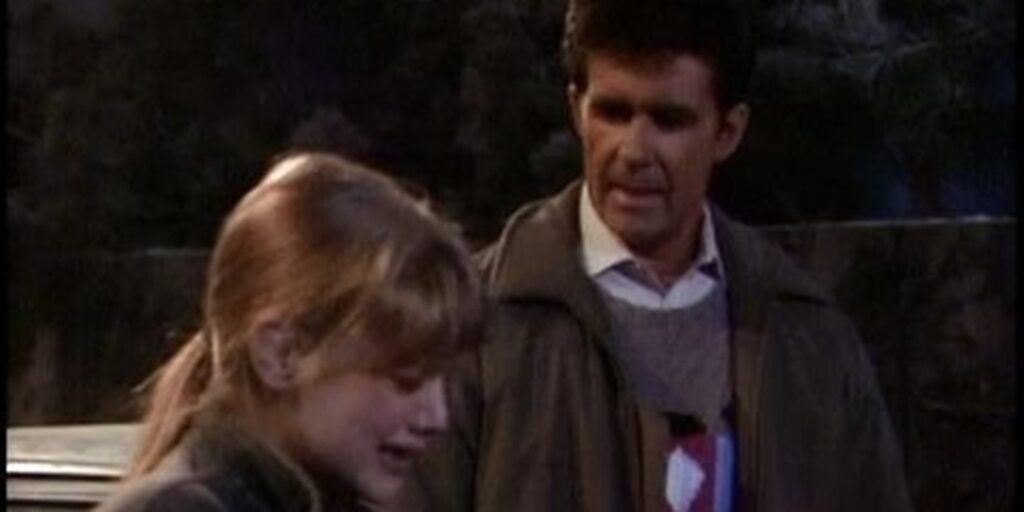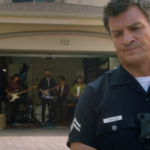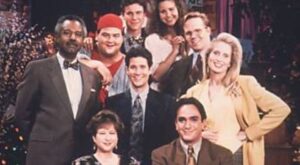
Today I explain how certain TV shows are “5% TV shows.”
This is a feature called Pop Culture References Dictionary, where I define various terms that I often use in discussions about pop culture that I think are interesting enough to give them their own post.
As I continue to spotlight a great TV episode a day as part of my “All the Best Things” feature, I have been thinking about something that I’ve discussed with my pal, Bill Walko, a number of times over the years, which is the concept of the 5% TV show. I was going to just mention Sturgeon’s Law here, but I figured I’d quickly do an entry on it so that you can read more about it here. In any event, Sturgeon’s law says that “90% of everything is crud.” That is certainly true for TV shows. There are so many bad television shows out there.
The thing about that, though, is that because of that, there are so many TV shows out there that I would never even take into consideration for something like “A Year of Great TV Episodes.” As, well, come on, they’re obviously just not that good. This is not to say that these shows are even BAD. As so many TV shows are just sort of THERE. You know, pleasant time diversions that never rise beyond that level. I really don’t even mean this as a criticism, per se, as, well, come on, right? It’s hard to make really good television. Heck, it’s hard to create pleasant time diversions! It is not a terrible thing to just be a normal, pleasant enough sitcom.
However, you then get the 5% shows, and they’re fascinating.
A 5% show is a TV series where 95% of the episodes are just the same pablum as every other typical sitcom, but then 5% (obviously this is not a specific number, just a stand-in for “vast majority is X, but slim minority is Y”) is actually really good. And because so many shows never get to that point EVER, those shows that CAN hit that 5% are remembered much more fondly, because EVER reaching the heights of great television is very impressive.
The one that Bill and I regularly cite for an example of this sort of thing is Growing Pains. Most of the show was just standard sitcom tropes (plus, as I’ve noted in the past, some truly disgusting jokes about Tracey Gold’s weight), but occasionally, they’d do a really good episode, and our minds just remember the really good episodes and think better of Growing Pains than it probably really merits.
My Two Dads is another good example of this. Most episodes are just blah, but there’s occasionally some extremely sharp episodes, so it gets remembered for being better than it was overall.
So, anyhow, keep that in mind when you’ll see some surprising entries on my Year of Great TV episodes, as I’ll tell you, Growing Pains‘ “A Reason to Live” is probably going to be on there (unless I decide it’s a “Very Special Episode,” like the death of Matthew Perry’s character on the show, which was also a really good episode, but DEFINITELY a “Very Special Episode”).
If you have any suggestions for future entries into the Pop Culture References Dictionary, drop me a line at brian@popculturereferences.com









